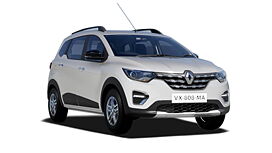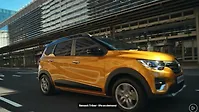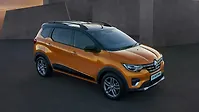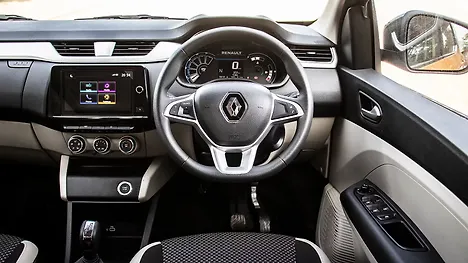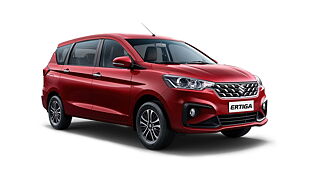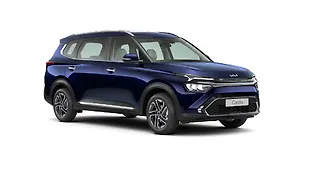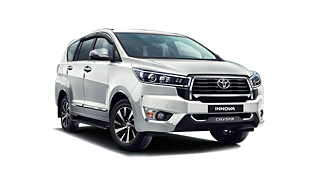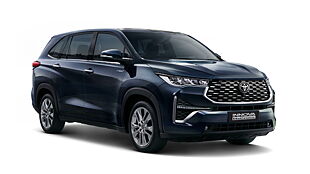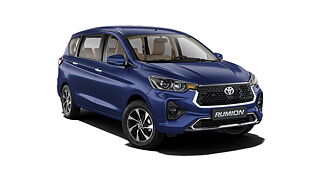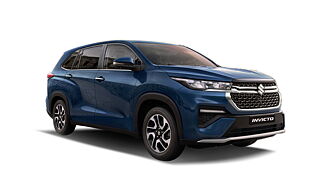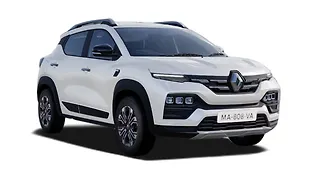RB7
I’ve been an F1 fan for about 23 years now. From watching the grainy SD quality footage on Star Sports to attending the 2011 Indian Grand Prix, I can safely say that I’ve seen a lot if not all of it. The V10 era, the V8 era and now, of course, the V6 era (that will complete a decade next year), been there, heard that, felt it, and of course, loved every moment of it.

But even living and breathing F1 for those many months every year for two decades can’t prepare you for the sight, size, and sounds of a Formula 1 car when you see it up close. It’s hard to imagine just how talented the drivers are fighting side-by-side at over 300kmph in cars longer and wider than the latest generation Toyota Fortuner.

It was this thought that consumed me when I got my first real-world glimpse of the title-winning Red Bull RB7 at the Super Car Club ahead of the Red Bull India show run. I was in complete awe of not just Sebastian Vettel and Mark Webber but every driver up and down the grid capable of racing these cars month after month.

In the world of modern F1 cars, the RB7 is an absolute titan. Raced during the 2011 F1 season, the RB7 took Sebastian Vettel and Mark Webber to 12 victories, 27 podiums, 18 pole positions, and 10 fastest laps. It’s the second most successful V8-era car in terms of outright numbers and also gave Vettel and Red Bull their second driver and constructors titles, respectively.

At the heart of the Red Bull RB7, is a 2.4-litre V8, which at its peak was producing over 750bhp on a car weighing 640kg (driver included ) giving a power-to-weight ratio of 1171.8 per tonne. Such an extreme number makes you realise that the F1 driver’s six-point harness, apart from safety, literally holds them in place from flying away.

The Red Bull crew handling the car primed it, cranked it up, and hit the gas treating us to some ear-drum-shredding V8 howls. At proximity, the engine was putting out 100 decibels of sound, and this was with minimum effort. You can feel the vibrations in your chest cavity as the revs rise and drop and are guaranteed to get hearing loss if you spend time around these cars without earplugs.

While the numbers themselves are mind-blowing, the real beauty of an F1 car is its absolute and no-compromise aim of achieving maximum aero efficiency. This is something you notice when you get up close and personal with the car. Every aero bit is covered in Red Bull’s matte blue paint scheme and tells quite a story of the nine-month battle the car fought to achieve ultimate F1 glory.

One of the most visible details is the DRS-enabled wing that made its debut in the 2011 F1 season. You can see a flap below the Oracle branding, and this would open up via a driver-controlled lever at a pre-specified zone on the race track. This allowed for the show to improve greatly and create some memorable overtakes during the season.

Sitting ahead of the V8 bull was the ‘Bull rider’ all secured tightly in a carbon-fibre survival cell. It is shaped exactly like the driver’s dimensions, so much so that there’s just enough room near the steering for the driver’s hands to angle at 180 degrees. The RB7 is a pre-halo car, which means that you have a stellar view of the track ahead during your time in the car.

On first view, the cabin looks quite bare for such an advanced machine, but plug in the 150,000 USD steering wheel and suddenly you have so many buttons, knobs, and paddles that having a third hand or an extra pair of eyes wouldn’t be a bad thing at all. Unlike today’s F1 steering wheels with digital displays, this one had a dot matrix display with shift indicators.

Made entirely from carbon fibre, the steering has controls for various functions like differential bias, fuel, traction control system, ratio mix, tyres, and brake bias. It also has a button called warm that lets the driver spin up the tyres before the start of the race. It’s a rule that if you retire on track from the race, then you have to ensure the steering is plugged back into the car.

The back of the steering has a connector and two sets of paddles. The lower set of paddles is to shift through the sequential seven-speed gearbox, while the upper set is a hand-operated clutch meant to be used during the race start. Like the take-off sequence in a plane, the start for an F1 driver is paramount and on tracks like Monaco can dictate your place for the race.

It’s always hard to digest the quantum of talent and skill one needs to drive a car like this. This is the same thought that will pop into your head every time you see the car up close. It will leave you in awe of these warriors and their side-by-side battles at 300kmph, all while adjusting things like the brake balance and fuel-air ratio mixture.

Having seen and heard so much, it’s now my dream to drive one of these cars and tick an item off my bucket list. Red Bull, maybe make this F1 enthusiast's dream come true?

